What is the function of R3, and what happens if we operate the circuit without it?
- 1,676
- 3
- 17
- 23
- 107
- 5
-
3Without pulling base to -Vcc the transistor can be always open because when A and B are grounded the base voltage would be about 0.7V. – Apr 20 '21 at 18:04
-
3It's very useful when you want to meet proper specifications given a source and some designed number of loads and noise requirements. – jonk Apr 20 '21 at 18:04
-
1I think you need another resistor (look at the Wikipedia page)... – Circuit fantasist Apr 20 '21 at 19:17
-
Ahmed, Like many things, there are often several considerations for any given part in the schematic. It would take a relatively longish answer to explore them all for your question. That said, you can also look [here](https://electronics.stackexchange.com/a/281320/38098) for one facet -- threshold and loading design with RTL. DTL greatly improved the noise margins over RTL, just as TTL greatly improved the speed over DTL. Also, your schematic isn't the only DTL template. Others will include 2 series diodes to the base and some will add a resistor to ground from the base, as well. And others... – jonk Apr 20 '21 at 20:00
3 Answers
R3 isn't strictly necessary as the transistor Q1 base will either be pulled up by R1 or pulled down by Da or Db, provided their Vf voltages are lower than the Vce threshold of Q1 (for example, if they're Schottky diodes.) If their thesholds are higher, R3 is needed to get Q1 to actually turn off.
R3 also helps with switching time: R3 and R1 can set a bias point for Q1 so that it isn't in full saturation when 'on'. Then when Da or Db pull low, the swing required at the base for Q1 to turn off is less.
Another way to ensure that Q1 turns off is to insert a diode in series with the Q1 base. Then Vce will be one diode drop less than Da and Db, ensuring that Q1 base current is at or near zero.
As follows (simulate it here):

- 49,832
- 2
- 47
- 138
-
DA and DB may differ from Q1's base-emitter diode in three ways: Doping levels, current density, and mismatch. Any combination of these could result in significant collector current in Q1 even when A or B is low, causing an unintended "low" output. It doesn't have to be a resistor, but you need some kind of pulldown element on Q1's base to shut it off reliably. – FrontRanger Apr 20 '21 at 20:41
-
@hacktastical, Perfect explanation... It would be also interesting to compare this DTL gate with TTL one to show why there is no need for R3 in TTL. – Circuit fantasist Apr 20 '21 at 20:58
-
Right, the additional diode implements a level-shift to replace the pulldown element. My earlier comment was meant to reflect the OP's question, "what happens if we operate the circuit without that part". – FrontRanger Apr 20 '21 at 21:00
-
1@hacktastical, Nice solution.... Thus we are gradually approaching the great TTL idea. However, there is a problem in this circuit solution with an additional diode in series - there is no galvanic path for the charge accumulated in the base... and this reduces the speed. This problem is elegantly solved in TTL. – Circuit fantasist Apr 20 '21 at 21:08
-
For higher fidelity, subscript can be used as a poor man's MathJax. E.g., for R3: `R3`. And DA and VCE (no need to lowercase): `DA` and `VCE` – Peter Mortensen Apr 21 '21 at 09:55
With R3 absent, there would be no element to pull down on Q1's base, and it would not be guaranteed to shut off when either A or B (or both) were logic low. In other words, the forward-bias voltage of DA or DB may not be small enough to ensure that Q1's Vbe is small enough to shut off.
Also, as @Circuitfantasist pointed out earlier, you may need another resistance between the diode anode and Q1's base. Its value (including possibly a zero value) will depend on the properties of the diodes, transistor, and supply voltages.
- 422
- 2
- 8
-
Nice explanation... It would be interesting to explain the role of the additional resistor needed "between the diode anode and Q1's base"... – Circuit fantasist Apr 20 '21 at 20:52
-
1With the original circuit, when both inputs are high, Q1's base is set by the R-divider ratio: 2*Vcc*R3/(R1+R3). With one or more inputs low, the base voltage drops by an additional amount determined by the diode properties and R1. These two base voltage levels, corresponding to output low and high, may not be optimal for speed, static power, noise, etc. The additional resistor between the diode anodes and Q1 base introduces an additional degree freedom to co-optimize these parameters. – FrontRanger Apr 20 '21 at 21:22
Connecting a pull-down resistor to the base in the OP's diagram (Fig. 1) seems temptingly simple... but it has a "small" drawback - it just won't work:)
Fig. 1. A copy of the OP's circuit diagram
The reason is that the diodes will always be off and will do nothing. As a result, the transistor will always be off. Apparently, this made them add another resistor in series (R3 in Fig. 2 below):

Fig. 2. DTL gate (Wikipedia)
You will probably say that R3 and R4 form a voltage divider but I would prefer to call it a "resistor summer". It sums the constant negative voltage V- with the switchable positive input voltage at the common point between R1 and R3 (0.7 V at input '0' or, I suppose, around 2 V at two input '1s'). Thus, at the first case, the base voltage is negative and the transistor is firmly off and, at the second case, the base voltage is positive and the transistor is firmly on.
- 13,593
- 1
- 17
- 48
-
1Yeah - I wondered about the same thing. Though the forward voltage of the diodes will depend on current also, so with just the right biasing it might work as originally drawn. But the addition of an extra resistor would make sense to me. – jpa Apr 21 '21 at 04:23
